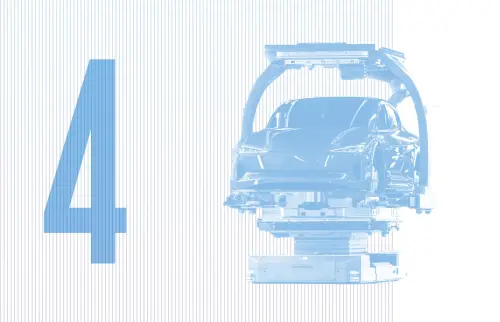Nevada’s recent incentive package, valued at $1.25 billion, to bring Tesla’s battery production near Reno has reignited a longstanding debate about the merits of state and local economic development subsidies to attract or retain firms and whether to ban the practice all together.
Let’s be honest: The ingrained practice of taxpayer-funded business recruitment has not lessened despite the mounting evidence that many incentives don’t actually pay off. The firms that receive incentives do not tend to generate more jobs than firms that don’t get them. And the overwhelming majority of state job growth comes from births of new establishments or expansion of existing establishments, not from firms moving to the state.
But we are seeing hopeful attempts by states and metro areas to do business attraction and job creation smarter, in five main categories:
1. Sign a truce.
Some municipalities within a region have signed a “code of ethics” to collaborate and coordinate on business location strategies so the entire region wins, including ending the practice of “poaching” jobs and firms from each other, which produces no new benefit or growth. In Denver, as Good Jobs First explains, the Metro Denver Economic Development Corporation has such a code of ethics, followed by every city and town in the metropolitan area, which ensures regional collaboration on every business location decision. Similarly, members of the Milwaukee 7, a seven-county, multi-sector economic initiative, adopted its own detailed code of ethics, including a pledge that “Members will not solicit intra-region company relocations” and that a “Violation of this commitment shall be viewed as a breach of our membership pledge.”
2. End single-firm incentives.
Providing tax breaks to individual firms distorts markets and is a highly inefficient use of public resources. Some states are moving to provide broader tax incentives for firm activities in priority industry clusters as they come into or expand in a local market. While being approached by Google, Iowa decided not to give that company its own tax break but instead passed legislation to provide tax abatements on equipment and infrastructure purchases by any data centers coming into the state. This broader approach helped attract multiple high-tech firms bringing their data storage facilities to the state.
3. Lure firms with assets, not just cost reductions.
South Carolina, one of the best in attracting and deepening foreign investments in key clusters from target markets like Germany, often leads their attraction efforts with their investments in world class workforce training programs, modern port and infrastructure, and responsive business climate. The state has also adopted a German-inspired apprenticeship program, Apprenticeship Carolina, which pairs subsidized on-the-job training for workers at firms like Robert Bosch and BMW with industry-focused technical college skills development. And it has invested in advanced R&D programs, including the Clemson University International Center for Automotive Research, to bolster the state’s highly-competitive auto-related clusters.
4. Make incentive strategies and practices more responsible and effective.
As Tim Bartik, Brian Kelsey and others have argued, incentives should be both transparent, so that the public understands the costs and benefits before a deal is finalized, and aimed at high-quality jobs that raise the standard of living. The states of Oregon, Washington and Rhode Island have all integrated evaluation processes into their incentive strategies, including public hearings and formal budgetary review, to ensure public input and review into their business recruitment practices.
5. Focus on what matters to economic growth.
Finally, the best regional economic leaders know that, while firm movements are always afoot, the real opportunities to grow sustained prosperity comes from a focus on local assets and clusters. The Kansas City region, which straddles Kansas and Missouri, has embarked on a renewed regional conversation about the factors that can contribute to economic competitiveness. Rather than have the border war between its two governors dominate economic debate, Kansas City area leaders are actively working together to expand the economic development toolkit to strategies that strengthen trade, innovation and talent development as the course to better jobs and opportunity.
By adopting these approaches, cities, states and regions can move toward a more effective and efficient model of economic growth, one that relies less on traditional incentives.
The Brookings Institution is committed to quality, independence, and impact.
We are supported by a diverse array of funders. In line with our values and policies, each Brookings publication represents the sole views of its author(s).



Commentary
If No End to Incentives for Jobs, then What?
September 28, 2014